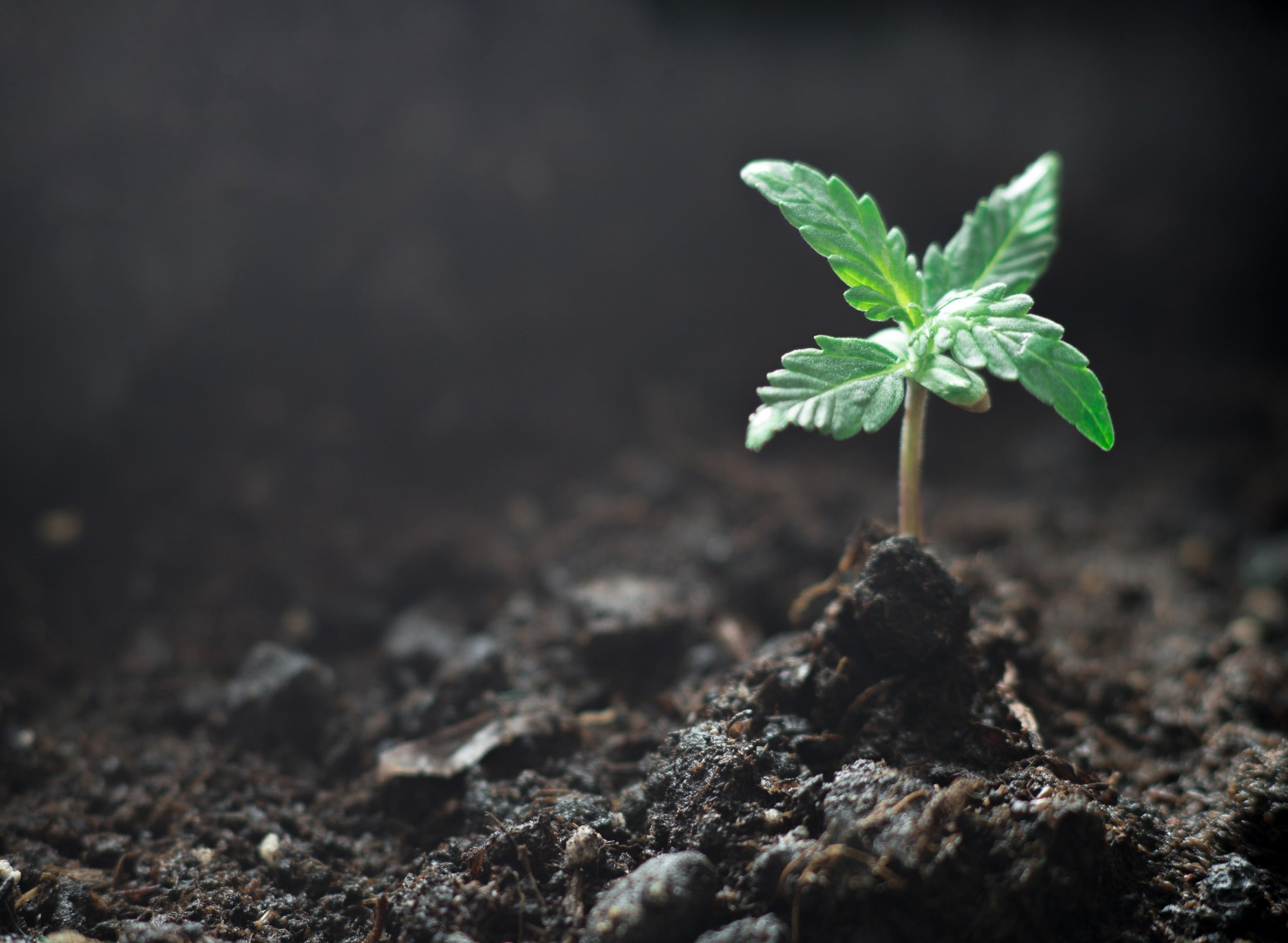Successfully cultivating cannabis requires a deep understanding of the plant’s anatomy. One vital part of the marijuana plant that is often overlooked is the tiny hair-like structures on the weed flowers. If you’ve ever wondered what the hairs on marijuana plants are called, you’re not alone. They are called cannabis or weed pistils but are colloquially known as weed hairs. Our guide explores these cannabis pistils in detail to help aspiring weed farmers better understand their function in the development of marijuana plants.
What Are Pistils in Cannabis Plants?
Essentially, cannabis pistils are small hair-like strands protruding from a marijuana flower or bud. The hairs on weed are a principal component of the plant’s reproductive system, particularly in female marijuana plants. Interestingly, these weed pistils can take on different colors as the plant matures, often displaying as weed with red hairs or other vibrant hues in the later stages of the plant’s development.
The Role of Cannabis Pistils in Plant Reproduction
As part of the female plant’s reproductive structure, the pistils serve a vital purpose. Each pistil contains a stigma, which is a sticky component that captures pollen from male cannabis plants. When the pollen lands on the stigma, it travels down to the ovule, facilitating fertilization and subsequent seed production. Essentially, without the pistils, we wouldn’t have new cannabis plants!
Cannabis Pistils as Indicators of Plant Maturity
Cannabis pistils also serve as reliable indicators of a cannabis plant’s stage of growth. In the early flowering stage, the pistils appear white or light green. As the plant matures and gets closer to harvest, the pistils change color. They often turn orange, brown, or even a vibrant red, leading to the term “weed with red hairs.” This transformation in color can guide growers in determining when the plant is ripe for harvest.
The Impact of Lighting on Cannabis Pistils
A cannabis lighting schedule can significantly influence the growth and development of cannabis pistils. Adequate light is required for the plant to photosynthesize effectively and grow, but the type and intensity of light can also affect the pistils’ color. Consequently, balancing light exposure is crucial for optimal plant health and robust pistil development.
The Relationship Between Cannabis Pistils and Terpenes
A terpene is an organic compound present in cannabis and other plants that gives them their distinct aromas. Though the cannabis leaves and buds are most often associated with terpenes, the pistils also contribute to the plant’s aromatic profile. The evolution of cannabis pistils during growth can influence the development and concentration of terpenes, leading to variations in the flavor and aroma of the final product.
What About Trichomes?
In addition to the pistils, you may also notice shiny, crystal-like structures on your cannabis plant. These are trichomes, which are another vital aspect of cannabis anatomy. While they may seem similar to pistils, they serve a different purpose. Trichomes produce the cannabinoids (like THC and CBD), terpenes, and flavonoids that cannabis is so well known for. Together with the cannabis pistils, they are integral to the plant’s reproduction, growth, and chemical production.
Final Thoughts
Understanding cannabis pistils and their roles in the plant’s life cycle can deepen your appreciation for your favorite herb. From their contribution to reproduction to their significance as harvest indicators, these marijuana pistils are an essential, though often overlooked, aspect of cannabis botany. So, the next time you admire a cannabis bud, take a moment to appreciate the humble pistil – without it, that bud wouldn’t exist!












Leave a comment
All comments are moderated before being published.
This site is protected by reCAPTCHA and the Google Privacy Policy and Terms of Service apply.